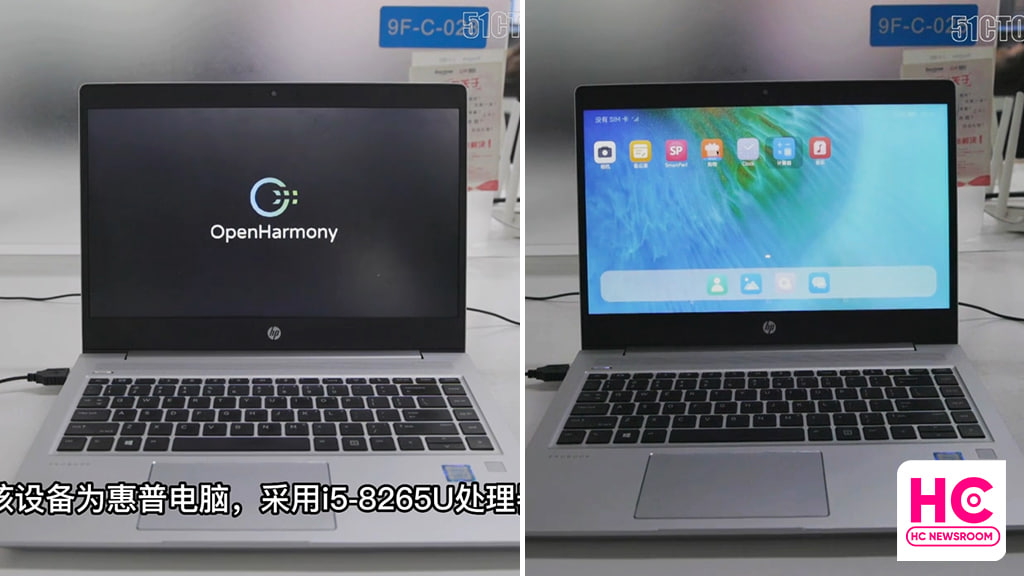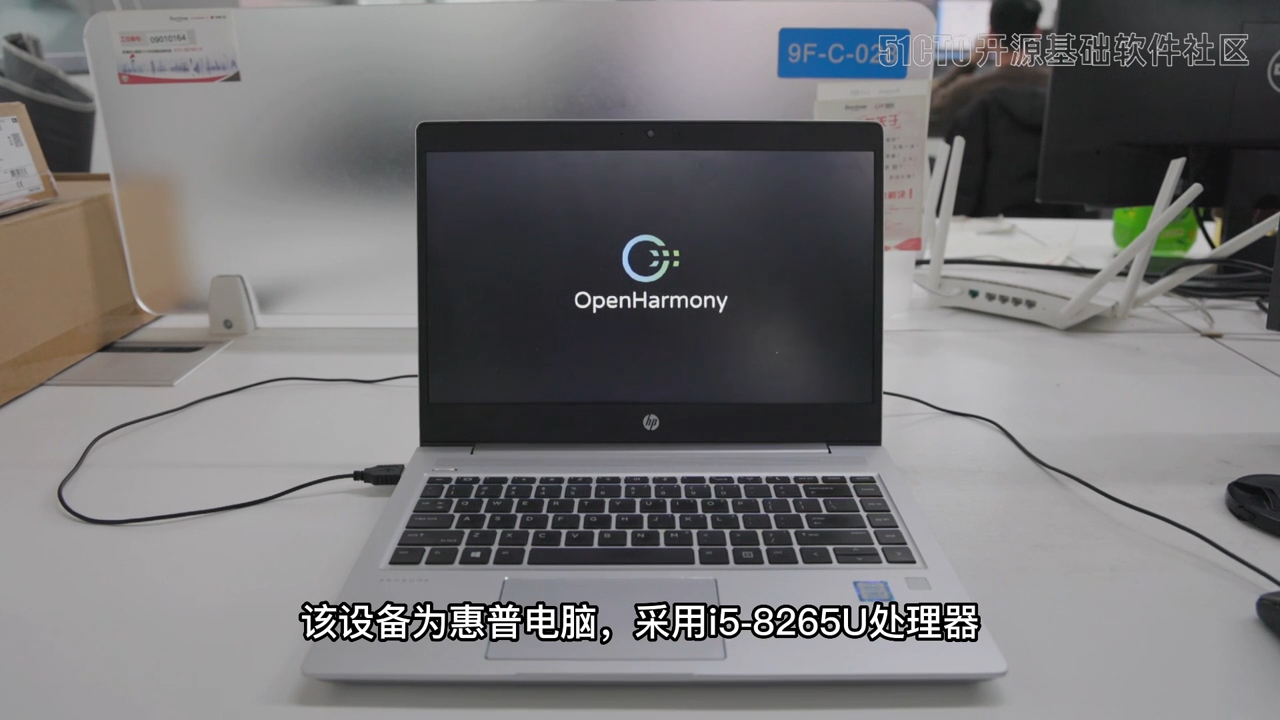HarmonyOS
HarmonyOS loaded in a PC and working well [Video]

HarmonyOS can run on all consumer devices including smartphones, tablets, smartwatches, IoT, smart cars, and more. But recently, there’s one PC loaded with HarmonyOS spotted and we’re pretty surprised with it.
A Chinese developer has recently installed open source HarmonyOS operating system into a PC platform and successfully started. In the process, an HP notebook is loaded with the open-source HarmonyOS 3.2 Beta 3 version.
Looking at the video, the PC loaded with the HarmonyOS operating system worked quite accurately and supported all of the interactions performed via a mouse. Interstingly, the notebook perfectly rendered the operations in real-time without lag.
To be mentioned, the installation and demonstration show verification of HarmonyOS compatibility with the PC environment but the software is not in an advanced stage to conduct performance-related tasks. It needs heavy optimizations and task execution capabilities to advance forward.
Currently, the developer has completed the driver adaptation of the USB, network port, SATA port, PCIE, and other hardware interfaces of this type of notebook, and the driver of the notebook’s built-in keyboard and touchpad are still being adapted.
Further information reveals that the adaptation work is based on two devices, one is an office laptop of an HP office laptop (Intel i5-8265U) shown in the video, and the other is equipped with an 11th-generation Intel Core i3 processor.
Due to the confidentiality of the product model, the details of the second device are not disclosed to the public. These two devices use X86 architecture CPU, that is to say, the adaptation of OpenHarmony for X86 architecture CPU has been basically completed.
OpenHarmony is an operating system that supports multi-core, the author guesses that this adaptation is based on the Linux kernel.
The overall idea of subsequent adaptation is software and then hardware. In the early stage, the necessary drivers are intensively adapted, and then the desktop applications. The hardware part involves the follow-up business plan and may take some to time to come out in public.
In addition to the adaptation of the notebook keyboard and touchpad drivers mentioned above, the sound driver, graphics card driver, and external display still need to be further optimized.

GPU:
The developer further elaborated that GPU graphics acceleration is the short board of the open-source HarmonyOS, OpenHarmony. It is also one of the factors that have a significant impact on the performance of OpenHarmony when running on hardware devices.
More importantly, the OpenHarmony project team has set up a related SIG group to solve GPU-related issues. The problem with the GPU part will be properly resolved in subsequent versions.
Huawei has not made any specific announcement on the adaptation of HarmonyOS in its notebook since it’s using the Windows operating system. However, the latest achievement is related to OpenHarmony and OpenAtom, which manages the open source code of this HarmonyOS version, and could make collaboration with PC makers or software developers to bring its distributions into the industry for both consumer and business devices.






